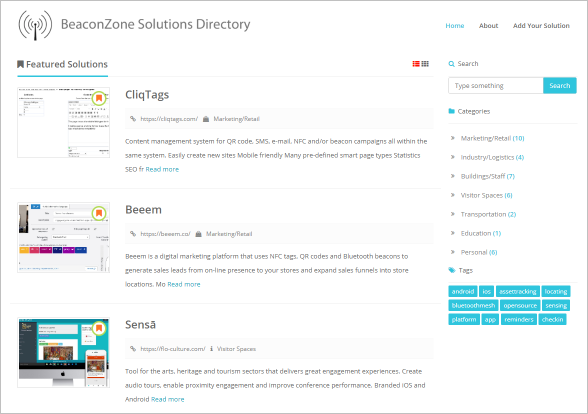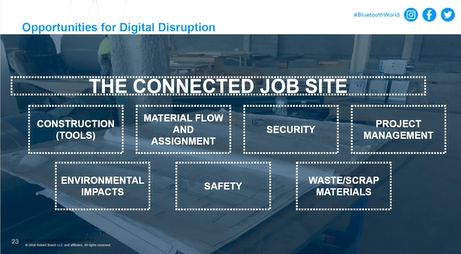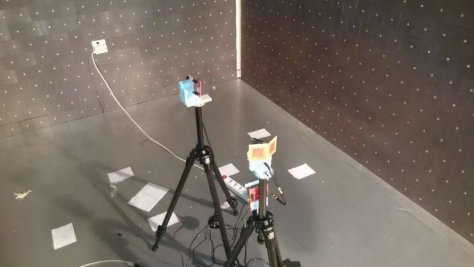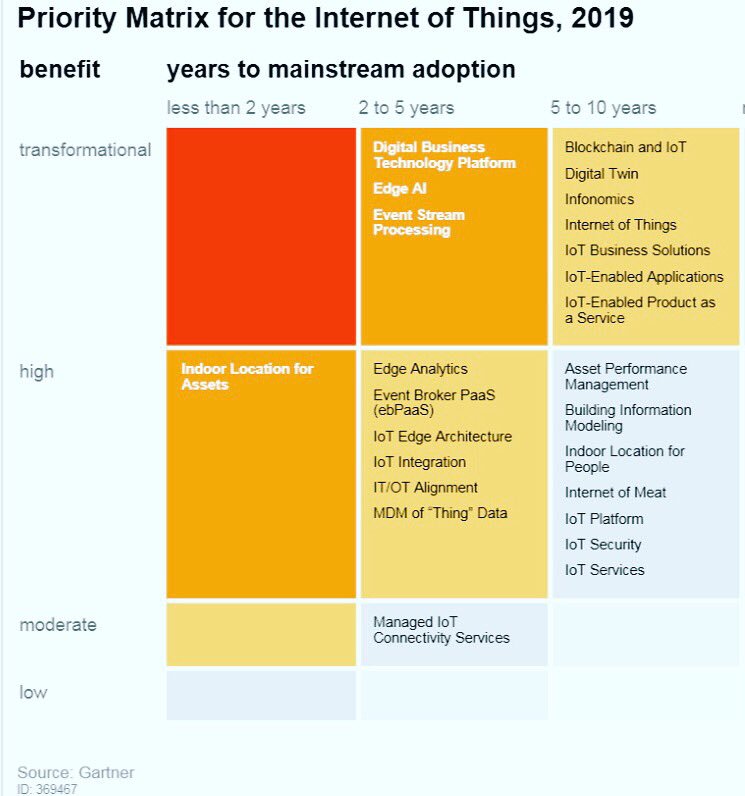Dialog Semiconductor, the manufacturer of the SoC chip in some beacons, has an informative article on How Bluetooth Mesh and IIoT are Reimagining Factories and Warehouses. It explains how the recent introduction of Bluetooth mesh has created new opportunities in the Industrial Internet of Things (IIoT).
“The manufacturing industry is absolutely ripe for potential with Bluetooth mesh”
IDC
“Industrial sensors and smart buildings among other use cases, are expected to outpace the overall Bluetooth LE market by 3X through 2022”
Research and Markets
The article mentions preventive maintenance, air quality sensing, asset tracking, robot control systems and traditional air conditioning as possible applications for Bluetooth Mesh. However, a key insight is that once a mesh network is in place it can be used for applications beyond those originally envisaged.
Read about Beacons and the Bluetooth Mesh




